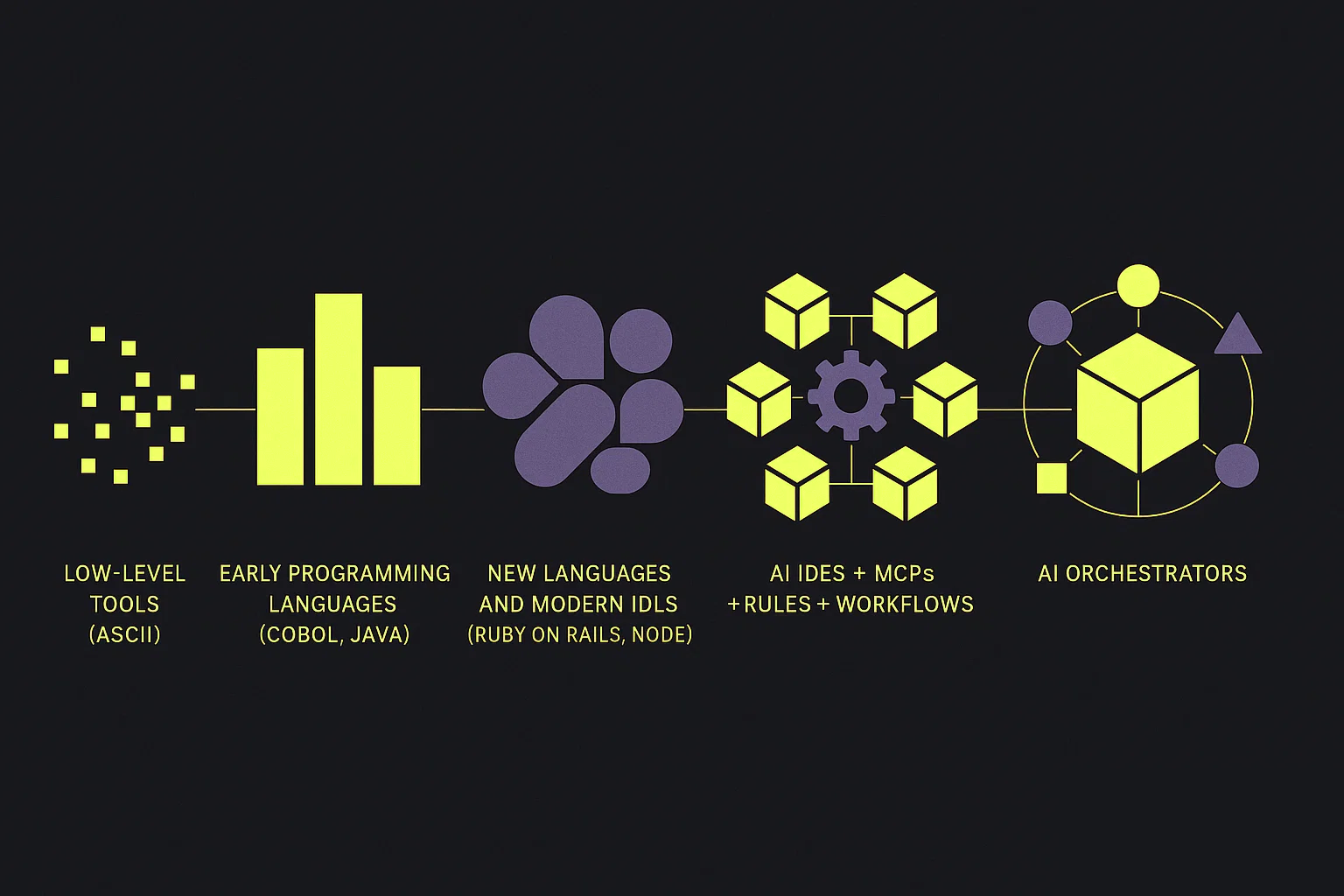In today's digital age, having a visually appealing and functional website is crucial for businesses and individuals alike. This is where Webflow comes into play - a powerful web design platform that has revolutionized the way websites are built.
The Key Features and Benefits of Using Webflow for Website Design
Webflow is revolutionizing the world of website design with its impressive array of features and benefits. One of the standout features is its intuitive drag-and-drop editor, which allows users to effortlessly create stunning websites without any coding knowledge. This code-free design experience makes Webflow accessible to both seasoned designers and beginners alike.
Custom animations are another key feature that sets Webflow apart from other web design tools. With just a few clicks, users can add eye-catching animations to their websites, enhancing the overall user experience and making their designs truly stand out.
Additionally, Webflow seamlessly integrates with Content Management Systems (CMS), allowing users to easily manage and update their website content. This integration ensures that your website remains up-to-date and relevant without any hassle, and it's crucial for websites that contain blogs.
The benefits of using Webflow are numerous. Firstly, it empowers designers by giving them full control over every aspect of their website's design without having to rely on developers or coding expertise. This level of creative freedom enables designers to bring their visions to life exactly as they imagined.
Furthermore, the ease-of-use and user-friendly interface make Webflow a time-saving tool. The drag-and-drop editor streamlines the design process, allowing for rapid prototyping and iteration.
Lastly, with Webflow's responsive design capabilities, websites created using this platform automatically adapt to different screen sizes, ensuring an optimal viewing experience across all devices.
On the other hand, Webflow caters to developers with its extensive set of developer-friendly features. It allows developers to access and edit the underlying code if they prefer a more hands-on approach. Additionally, Webflow's code export functionality enables developers to take their designs beyond the platform and integrate them into custom development workflows.
In conclusion, the key features and benefits of using Webflow for website design include its drag-and-drop editor, code-free design options, custom animations feature, seamless CMS integration, creative freedom for designers, time-saving capabilities through streamlined workflows, and responsive designs for optimal user experiences on all devices. With these powerful tools at your disposal in Webflow's arsenal, you can create visually stunning websites that captivate audiences while saving time and effort in the process.
Taking Your Website to the Next Level with Advanced Features and Integrations in Webflow
In today's digital landscape, having a visually stunning website is just the beginning. To truly take your online presence to the next level, you need to leverage advanced features and integrations offered by platforms like Webflow. By seamlessly integrating third-party tools and optimizing your website for search engines, you can enhance user experience, drive more traffic, and ultimately achieve your business goals.
One of the key advantages of Webflow is its ability to integrate with a wide range of third-party services. Whether it's e-commerce platforms, marketing automation tools, or customer relationship management systems, you can easily connect these external services to your Webflow site. This integration empowers you to streamline processes, automate tasks, and provide a seamless experience for your visitors.
Furthermore, Webflow offers robust SEO optimization features that help improve your website's visibility in search engine rankings. From customizable meta tags and URL structures to automatic XML sitemap generation and mobile responsiveness, Webflow equips you with the necessary tools to optimize every aspect of your site for search engines. This ensures that your content reaches a wider audience and drives organic traffic to your website.
By harnessing the power of advanced features and integrations in Webflow, you can elevate your website from being just another online presence to becoming a powerful tool that drives growth for your business.
Conclusion: Why Webflow is a good option for your project
In conclusion, Webflow proves to be an excellent choice for those seeking a website builder that offers unparalleled design flexibility and ease of use.
One of the standout features of Webflow is its ability to create responsive designs that automatically adapt to different screen sizes. This ensures that your website looks great on any device, providing a seamless user experience across desktops, tablets, and mobile devices.
Furthermore, Webflow places a strong emphasis on SEO optimization. It provides users with the tools necessary to optimize their websites for search engines, helping them rank higher in search results and drive organic traffic. Some types of websites examples that you can build with webflow are: Blogs, Business Sites, Simple e-commerce, Portfolio & Personal sites.
Overall, whether you're a designer looking for complete creative freedom or a business owner in need of a powerful website solution, Webflow delivers on all fronts. Its combination of design flexibility, code-free functionality, responsive design options, SEO optimization features, and many other capabilities that make it an outstanding choice for building professional websites that stand out from the crowd.









